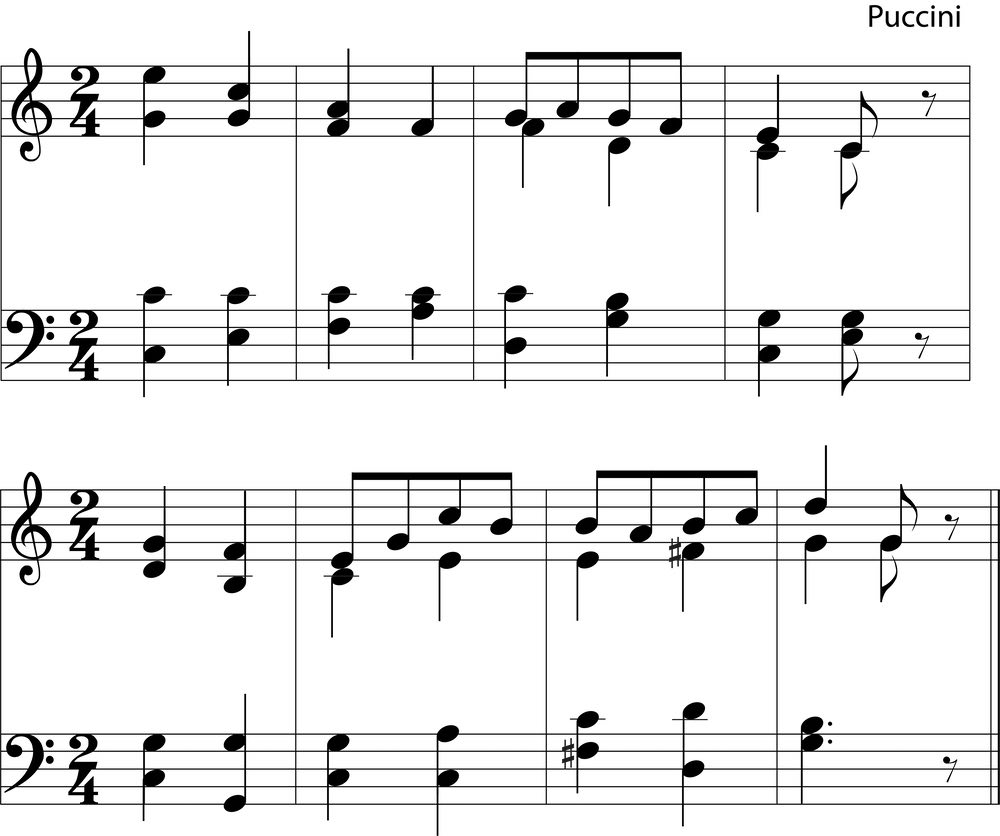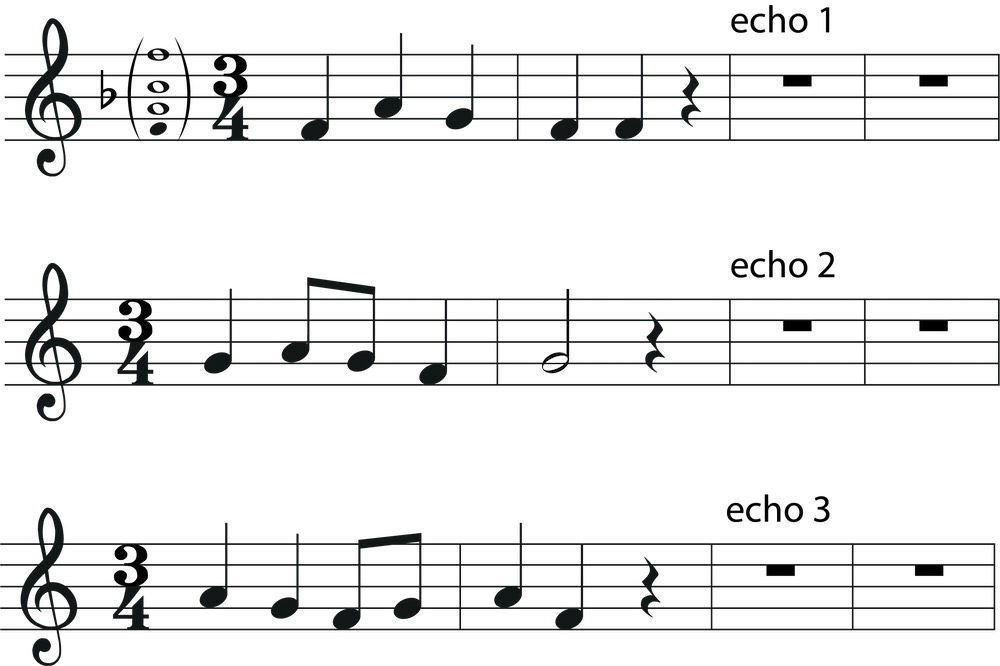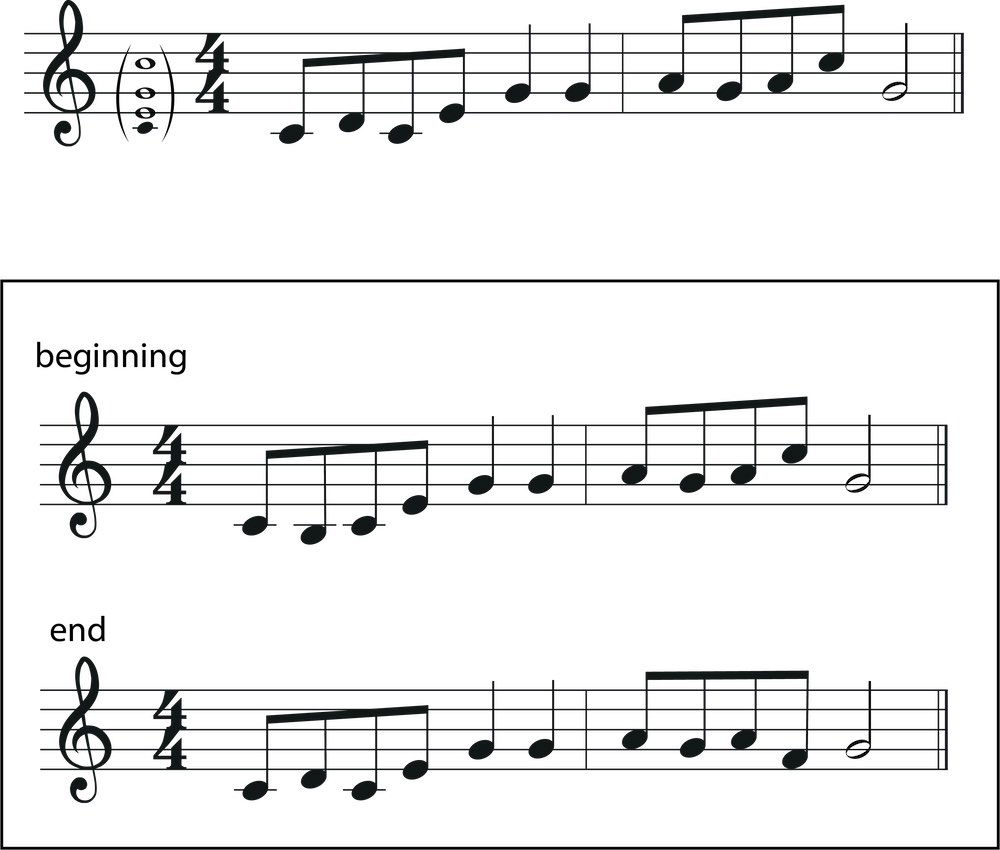In this post we will look at the requirements for the ABRSM Aural Tests Grade 1 and how you can best be preparing for this integral part of the practical exam. Aural tests feature in all ABRSM grades and in each exam the examiner will require you to answer the four examples of the tests.
Grade 1 is the first qualification you can do with the ABRSM and the aural tests will test you with some basic aural skills you should have. Aural tests provide teachers and students with a great way to develop their understanding of different musical styles. Utilizing aural tests in each music lesson can provide students with many practice opportunities to develop their ear training.
There are four different specimen aural tests that you will have to answer in the exam and these are as follows:
Test 1
A short piece of sheet music is played in either 2 or 3 time. You will be required to clap the beat of this piece of music, whilst emphasizing the strong beats. Listen to the very beginning of the piece and beginning clapping as soon as you are able. You must then say whether the piece is in 2 or 3 time. Note that this is not the same as a time signature!
Test 2
This test will require you to sing three short pieces of music played by the examiner. The phrases will be two bars in length and in a major key. The range of the music will be kept between the tonic and the mediant.
Test 3
This test will encourage you to listen to a piece of music which will be two bars in length and in a major key. This piece of music will be played once more but with a mistake, you will need to spot the difference between the two. This difference will be to do with pitch. You must then say where in the music the change occurred.
Test 4
This is the final test of the exam and will require you to answer questions on a piece played by the examiner. These questions will be to do with recognizing different features of music these will be to do with the dynamics (loud/quiet, gradual/sudden) and the articulation (short and detached/smooth).
Practice examples For Grade 1
Test 1
Below you will find a practice example of what you might hear in the ABRSM Grade 1 aural test. This test will only ever be in 2 or 3 time and you must make sure to give a stronger clap on the first beat of the bar with subsequent gentler claps on the other beats.

Test 2
Test 2 is your singing test within the aural tests. When preparing for this section in your lesson or when preparing at home, it is important to really match your voice to the pitches heard. This may sound obvious, but really try and listen to the shape of the melody, does it move up or does it move down? To be fully prepared make sure to practice your singing regularly. You do not need to be the best singer in the world but you do need to be able to sing the correct pitches. For these tests the range will be kept relatively small, moving only in steps or small intervals!

Test 3
This test is where you will need to spot the difference between two melodies. For Grade 1 you will only be required to spot a difference in pitch and you must simply just state which section of the music played was changed – i.e. the beginning or ending!

Test 4
This test is my favourite and requires students to answer questions on a short piece of music. These questions will require answers to things such as dynamics and articulation.
Dynamics will involve you knowing words such as forte (loud), piano (quiet) and also to recognise whether the changes in dynamics happened gradually or suddenly (crescendo – gradually getting louder and diminuendo – gradually getting softer).

There are so many practice examples out there in the form of the ABRSM books but also within their app! And my absolute favourite resource for really preparing for an exam at home is ‘Tone Gym’. This gives you many practice examples of aural questions but in the form of a game which makes it all the more fun!
Why is it important that I do the aural tests?
All music grades have an element of aural tests in them. These tests are an integral part of your training and are so beneficial to you as a developing musician. All the tests will develop your understanding of musical styles, improve your ear and pitch recognition, develop your sense of pulse and rhythm and so much more. Specimen aural tests provide teachers and students with a great structure for which to expand aural ability. They are by no means completely exhaustive, but by having this as a part of a music exam it definitely will be included in lessons!
Where can I find out more?
To know more about the grade 1 aural tests you can visit the ABRSM website. Here you can find specimen aural tests to use in your music lesson, syllabus model answers and new practice examples so you can be fully prepared.
If you would like to know more about what is involved in the Aural tests in the higher grades then make sure to click here to find out more about the specimen aural tests for each grade up to grade 8!
